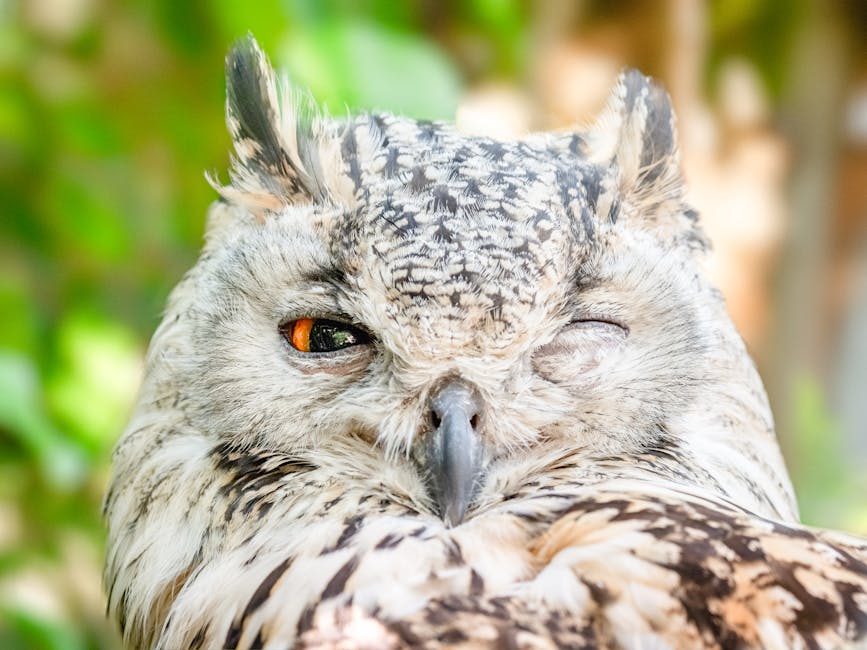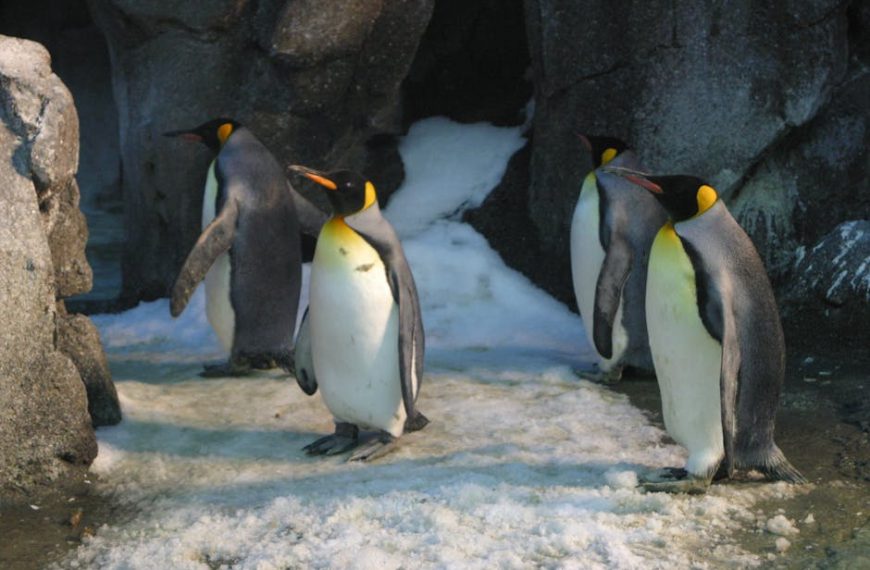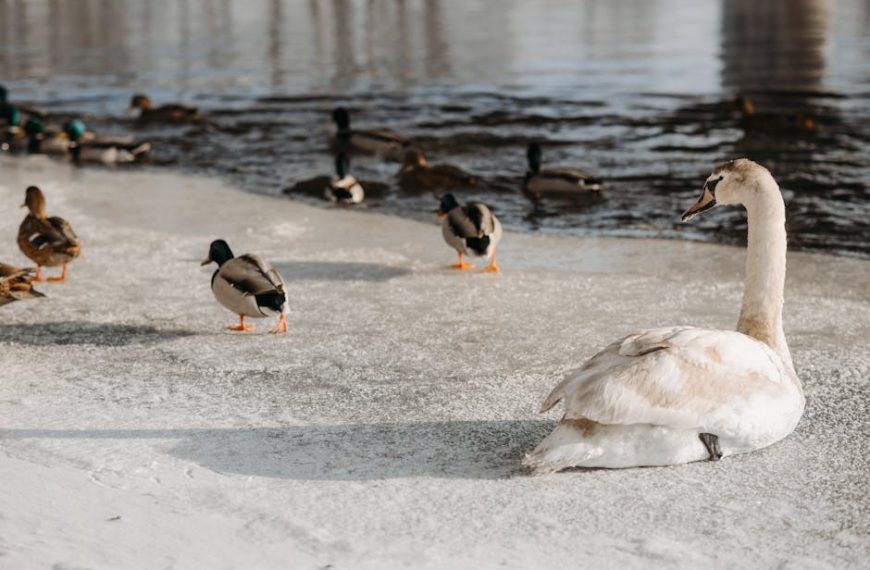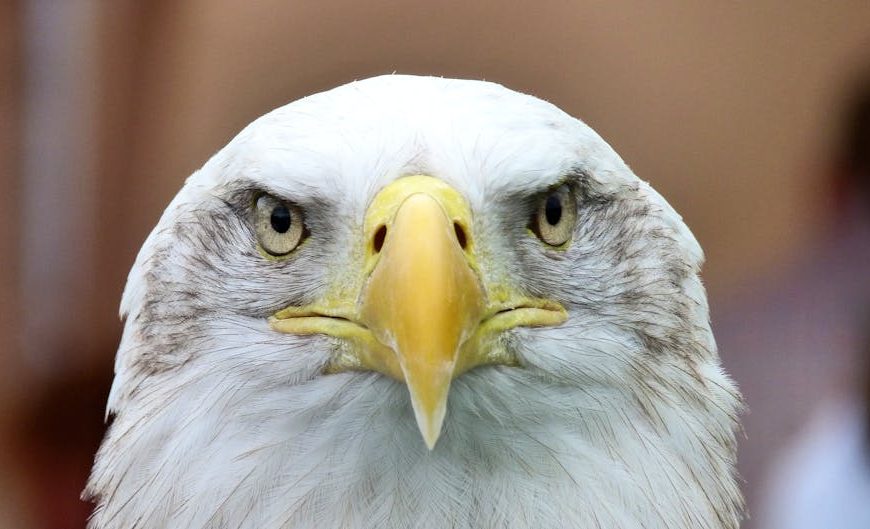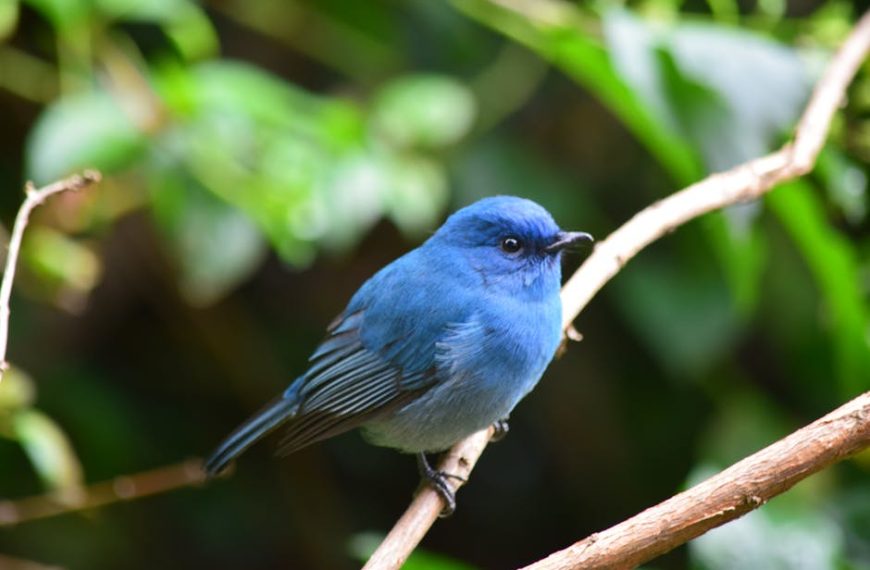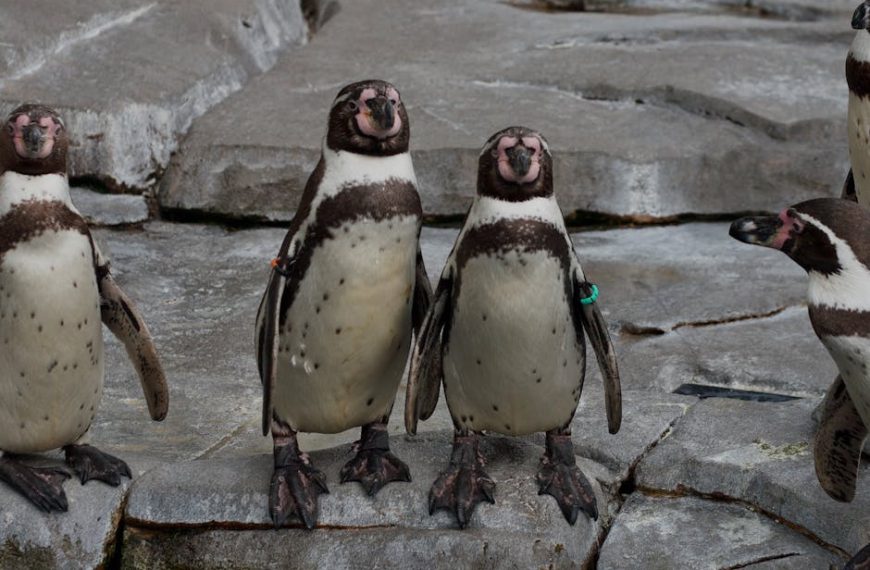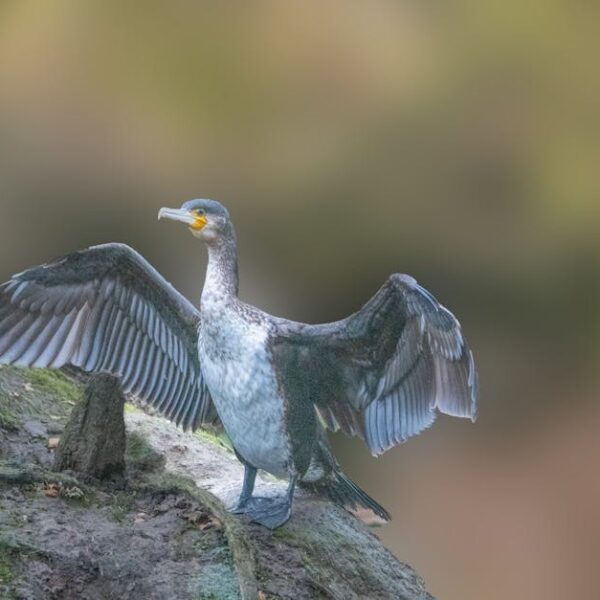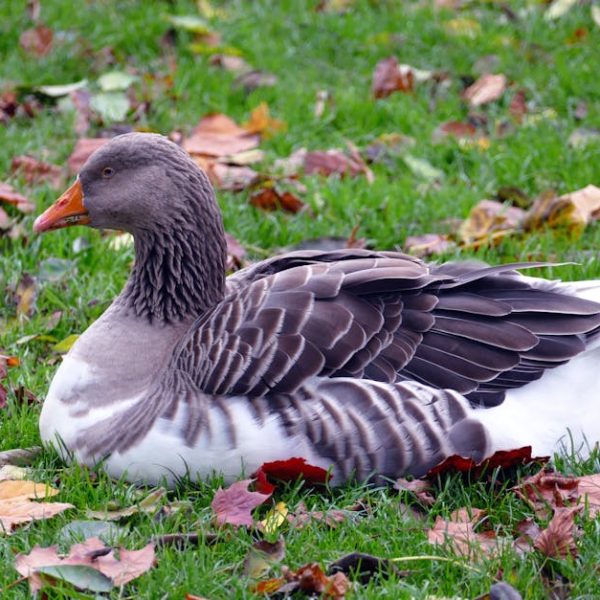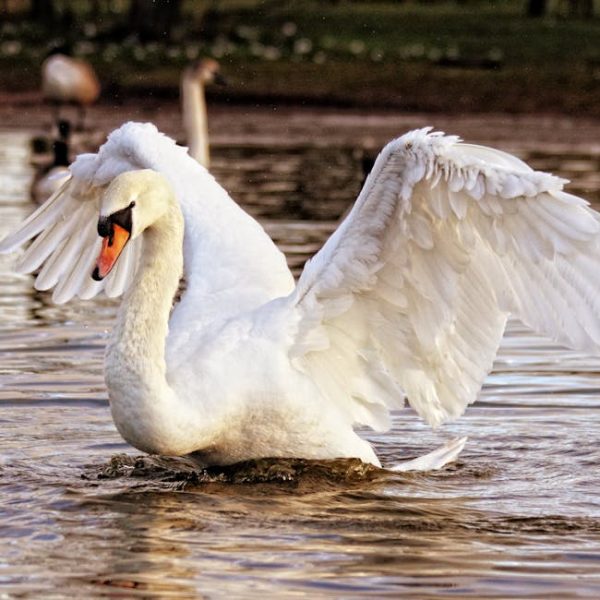A bird’s ability to fly is a remarkable adaptation that sets them apart from nearly all other species on Earth. They soar high above the ground, rapidly traveling across continents, and achieve access to resources far unreachable for many land creatures. At the heart of this prowess is the wing – a masterpiece of evolution, finely tuned for the exigencies of flight and survival.
The Biology of Bird Wings
Bird wings are traits of splendid bio-engineering. Structurally, they mirror our arms and hands, but with a twist that launched these creatures into the air. Here are the essential elements:
- Feathers: Airy yet durable, feathers provide lift and reduce friction. Each feather is engineered like a miniature aircraft wing, with a central ‘stem’ and interlocking ‘barbs’ that form a firm and aerodynamic surface.
- Muscles: Wings are powered by large, well-developed pectoral muscles. These muscles connect to the sternum and perform the heavy lifting, propelling the bird through the air.
- Bone Structure: Birds possess hollow yet sturdy bones – an adaptation achieving both strength and lightness. Compared to a human arm, a bird’s wing has an extra thumb and only two fingers, enabling the control of feathers for precise maneuvers.
Advantages of Bird Wings for Flight
Bird wings don’t merely grant the ability to fly; they perform it with extraordinary efficacy. This efficiency of avian flight is revealed through a variety of advantages:
- Travel Speed and Distance: Wings enable birds to fly far and fast, making journeys extending thousands of miles. For instance, Arctic terns cover a staggering 25,000 miles annually!
- Escape from Predators: Elevation brings safety, allowing birds to stay out of reach from many predators. The speed and agility of flight provide an excellent escape mechanism.
- Access to Inaccessible Food Resources: Wings give birds a ticket to tap into food resources that other creatures can’t, from fruits high in the canopy to fish in the deep water.
The Role of Wings in Survival
While flight is a tremendous survival tool, wings serve in multiple other capacities too. For example, penguins use their stiff, paddle-like wings for proficient swimming while vultures leverage their wide wings to soar high without flapping and conserve energy. Some birds like the cassowary have vestigial wings, primarily used for balance and display during mate selection.
Evolution of Bird Wings: From Dinosaurs to Birds
The story of bird wings is deeply rooted in their dinosaur ancestry. Based on fossil evidence, it’s believed that feathers initially evolved in dinosaurs not for flight, but for temperature regulation or courtship displays. Over millions of years, these feathers and dinosaur arms transformed into wings, paving the way for the age of avian flight. A classic example of this lineage is the Archaeopteryx, a Jurassic-era creature demonstrating a blend of dinosaur and bird-like features.
A glimpse into the DNA sequences also underscores this evolutionary tale, revealing genetic commonalities between birds and dinosaurs, especially in genes associated with feather growth and claw formation.
Impact of Environmental Changes on Wing Adaptations
Now, in our rapidly changing world, we see another turn in the story of bird wings, cast by the impact of environmental changes.
- Spatio-Temporal Changes: Seasonal shifts, habitat alterations, and human activity can all impact bird populations, pushing them to adapt their wing structures for survival. For example, different landscapes and wind patterns influence wing shapes and sizes across bird populations.
- Climate Change: As global temperatures rise and precipitation patterns shift, birds face new survival challenges. Some species like the Australian parrot are evolving shorter wings to cope better with heated environments.
- Human Impact: Unfortunately, human actions often negatively impact bird populations. Deforestation, pollution, and climate change disrupt habitats, altering bird behavior and physiology. However, our activities also spur positive changes via conservation efforts to protect and nurture bird populations.
In our current environmental crisis, birds’ adaptability and resilience will be put to the test. How different species evolve to overcome these challenges could offer valuable lessons on managing and mitigating the impacts of our rapidly changing world. Yet, as we continue to decipher the miraculous story of bird wings, we remain awed by these masters of the sky – soaring above our heads, embodying the triumph of life and the audacity of flight. As we care for our feathered friends, we can ensure they continue to fill our skies with their colors, songs, and unassailable spirit.
Key Takeaway:
- Bird wings, comprised of feathers, muscles, and hollow yet sturdy bones, are built for survival and efficient flight.
- Wings allow birds to fly long distances rapidly, escape from predators, and access food resources that are not available to other species.
- Wings play various roles in survival beyond flight, from swimming to energy conservation and mating displays.
- Bird wings evolved from dinosaur ancestors, with scientific evidence found in fossils and genetic data.
- Environmental changes, including climate change and human activities, influence bird’s wing adaptations, showing both the resilience and vulnerability of bird populations.
As we marvel at the wonders of bird flight, it’s crucial to remember our role in shaping their world. By understanding and mitigating the environmental impacts of our actions, we can contribute to the survival and success of these masters of the skies. Let’s celebrate bird flight by cherishing their diversity, admiring their resilience, and enhancing our conservation efforts.
FAQs
Q: What’s the function of feathers in bird flight?
A: Feathers are light and resilient structures that provide lift and reduce friction during flight. They are designed like miniature aircraft wings, granting birds airworthiness and aerodynamics.
Q: How have bird wings evolved over time?
A: Bird wings evolved from the arms and feathers of their dinosaur ancestors. Initially, these features might have served temperature regulation or display functions in dinosaurs before transforming into wings fit for flight over millions of years.
Q: How do environmental changes affect bird wing adaptations?
A: Environmental changes can push birds to adapt their wing structures for survival. For example, differing landscapes and wind patterns influence wing shapes across bird species. Rising global temperatures are also leading some birds, like the Australian parrot, to evolve shorter wings to handle heat.
Q: How do human activities impact bird wings?
A: Human activities often negatively impact bird populations by disrupting their habitats. Pollution, deforestation, and climate change can lead to alterations in bird behavior and physiology. On the other hand, humans can positively impact bird populations through conservation efforts.
Q: Can all birds fly?
A: No, not all birds can fly. While wings are usually associated with flight, not all winged species have the ability to fly. Some birds, like ostriches, kiwis, and penguins, have evolved for other specialized functions such as running or swimming.
Feel free to share this article, and be sure to explore more fascinating posts on our website!
